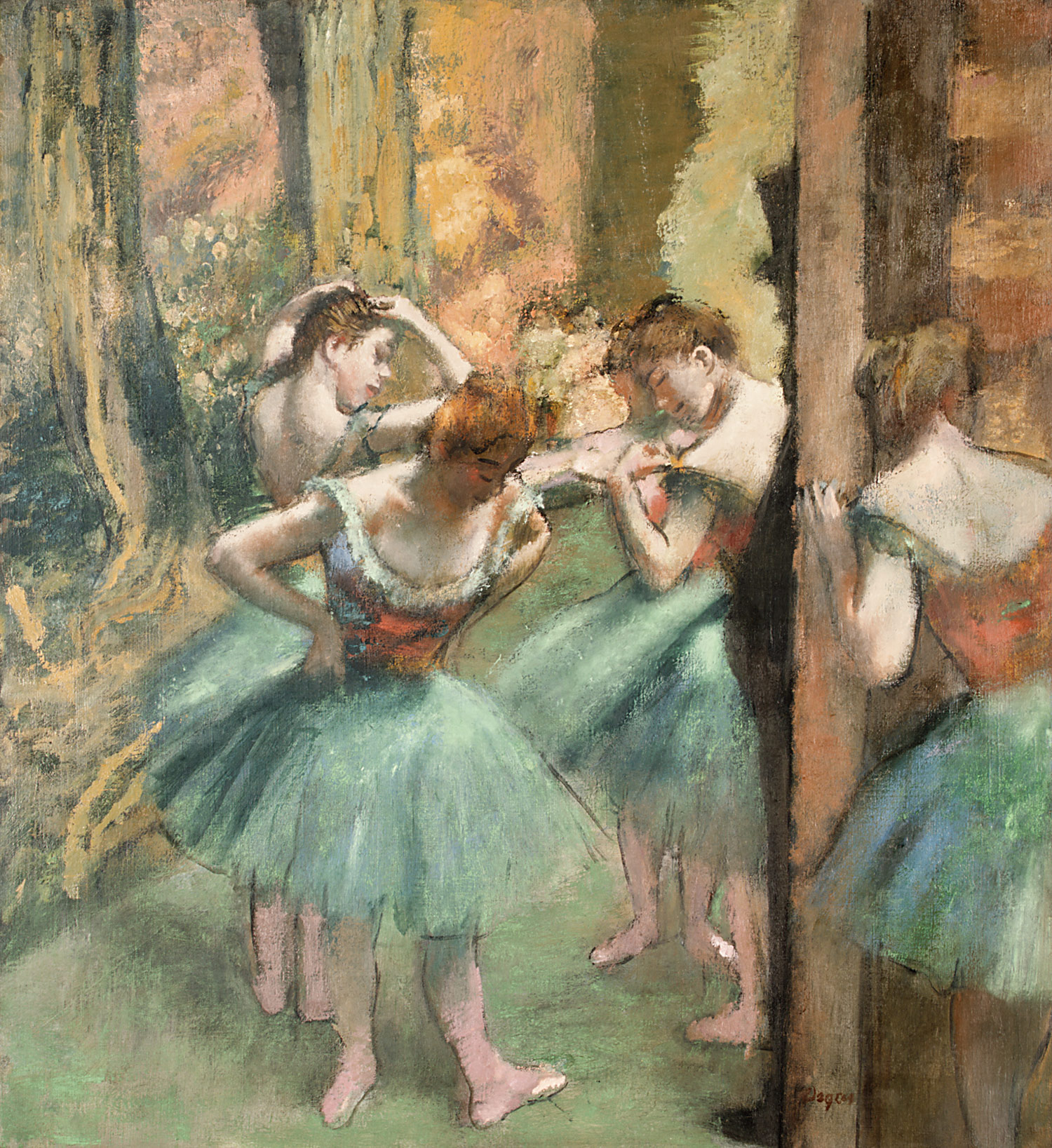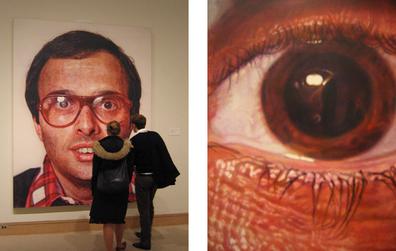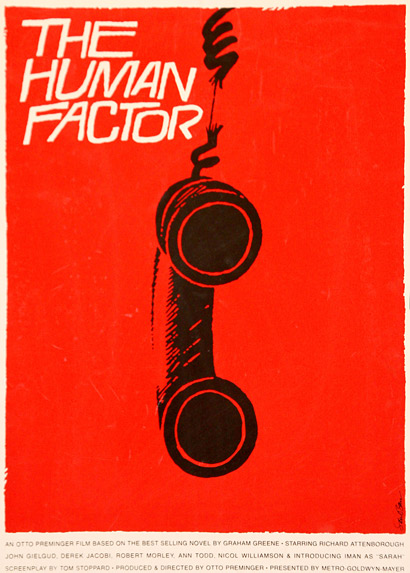Edgar Degas
Edgar Degas was born 19 July 1834 until 27 September 1917 in Paris, France. He is well-known term ‘impressionism’ and chosen to call is ‘realist’. He was also known for his portraits because of their spiritual complexity and representation of human isolation. In 1859, Degas moved into a large studio in Paris, which gave him the opportunity to begin painting The Bellelli Family. Degas began painting several history paintings, in 1859-60 he painted Alexander and Bucephalus and The Daughter of Jephtha. In 1865 the jury accepted his painting Scene of War in the Middle Ages, when Degas exhibited at the salon for the first time by doing this he attracted some attention. Edouard Manet influenced Degas when they met in 1864, that’s what made the change in his art. Before 1886, Degas had a leading role in organizing exhibitions of his work which the impressionists later held seven additional shows.
The Dance Class (La Classe de Danse) 1873-1876, oil on canvas, by Edgar Degas
The style that impressionists use in their work are painting the realities of the world using bright ‘dazzling’ colours, most their attention is on the effect of light, and anticipating filling their scenes with closeness.


http://en.wikipedia.org/wiki/Edgar_Degas
http://www.biography.com/people/edgar-degas-9269770






